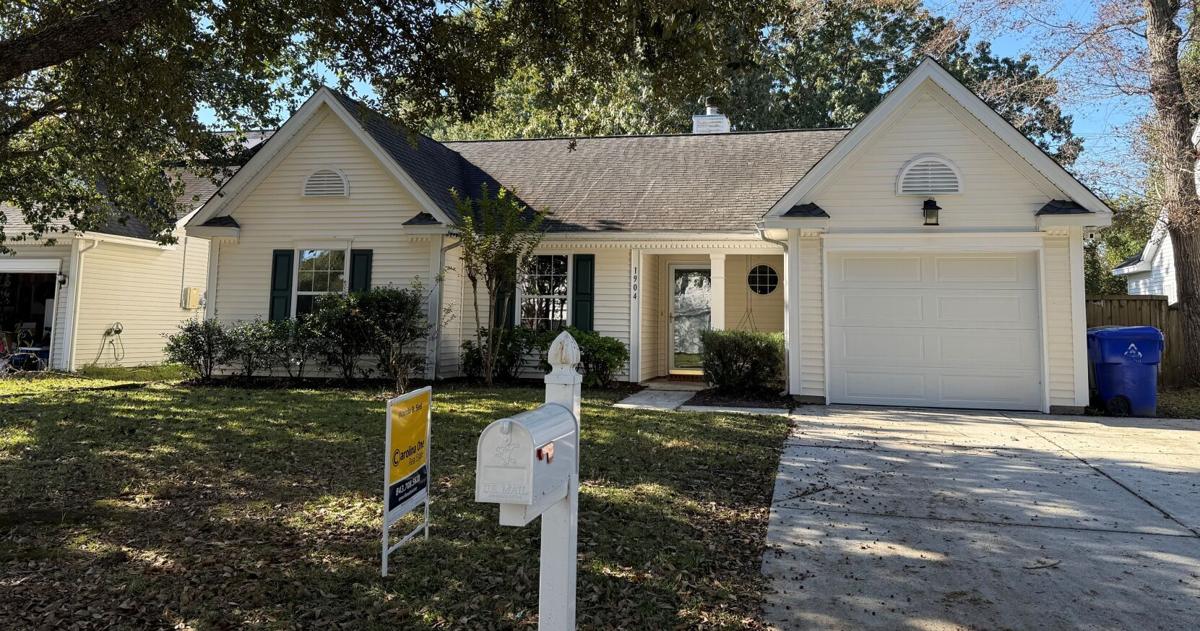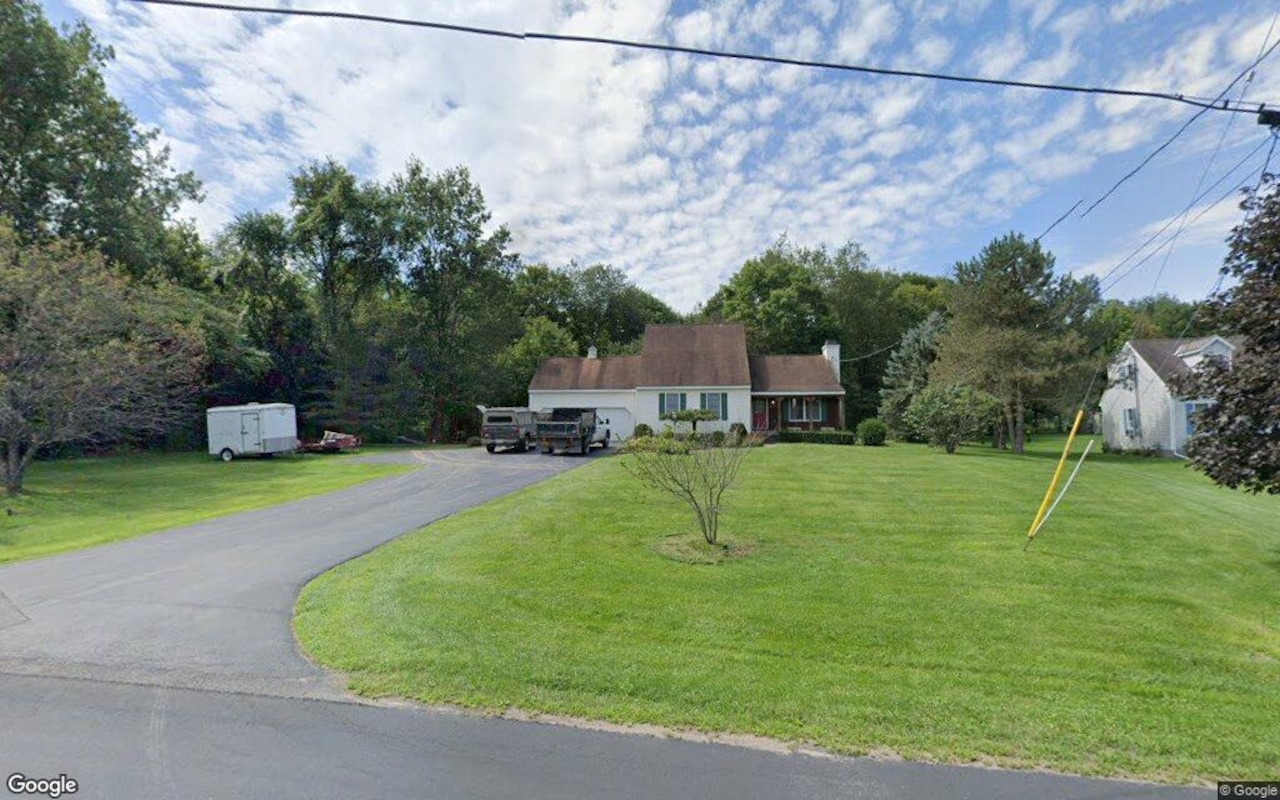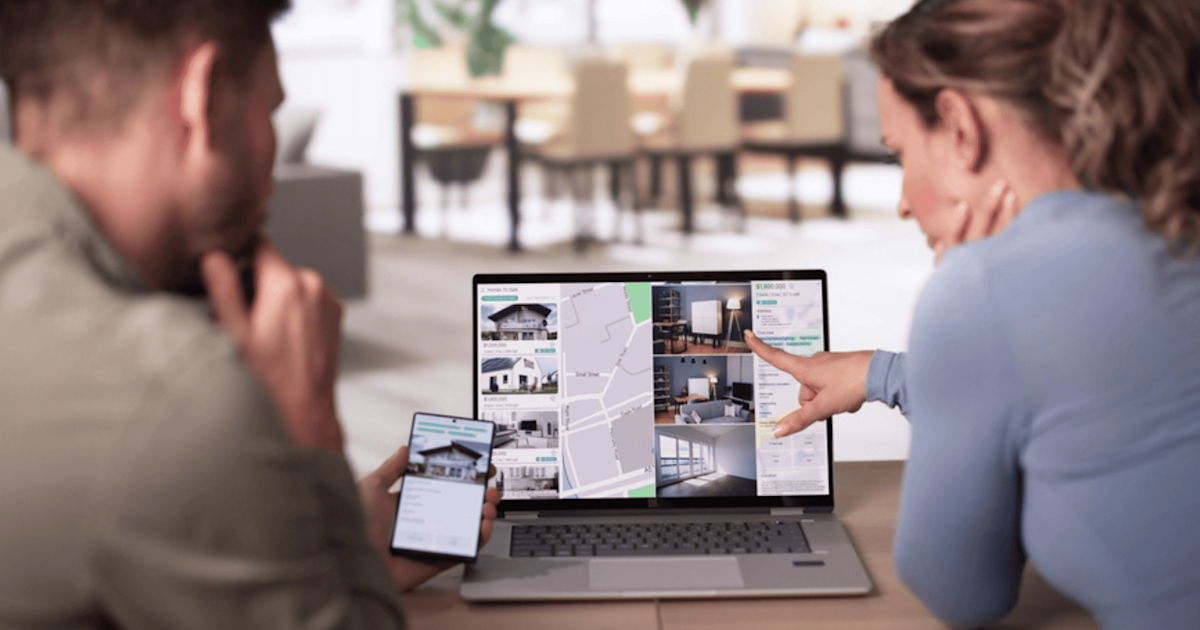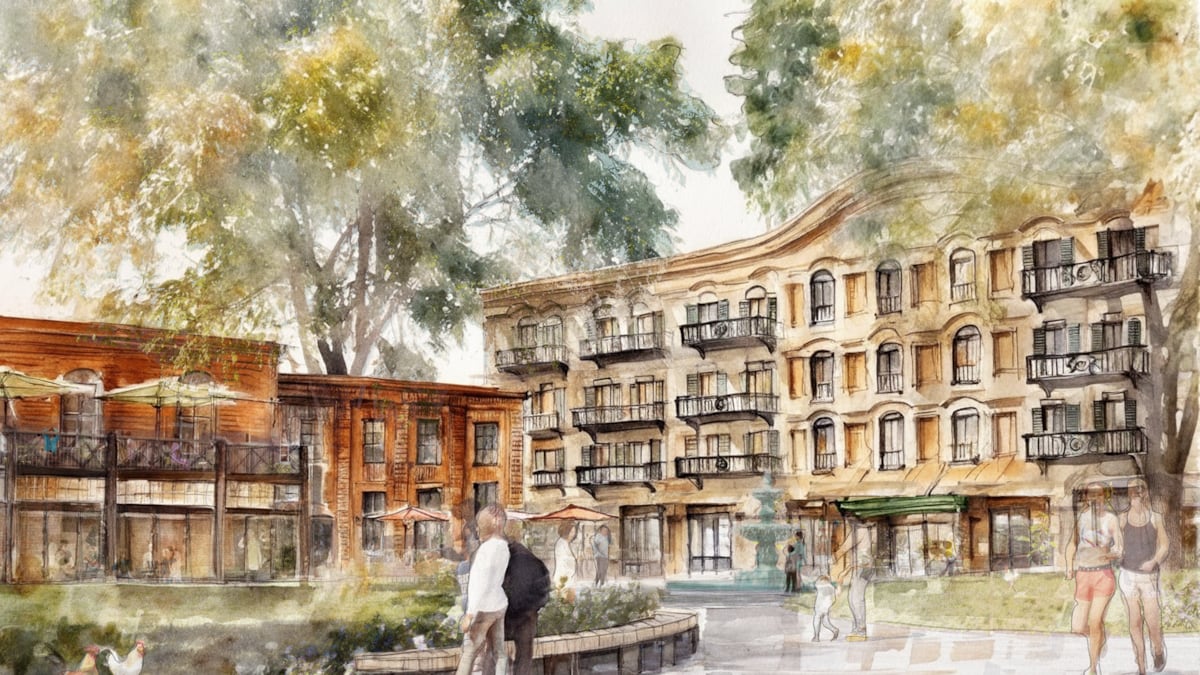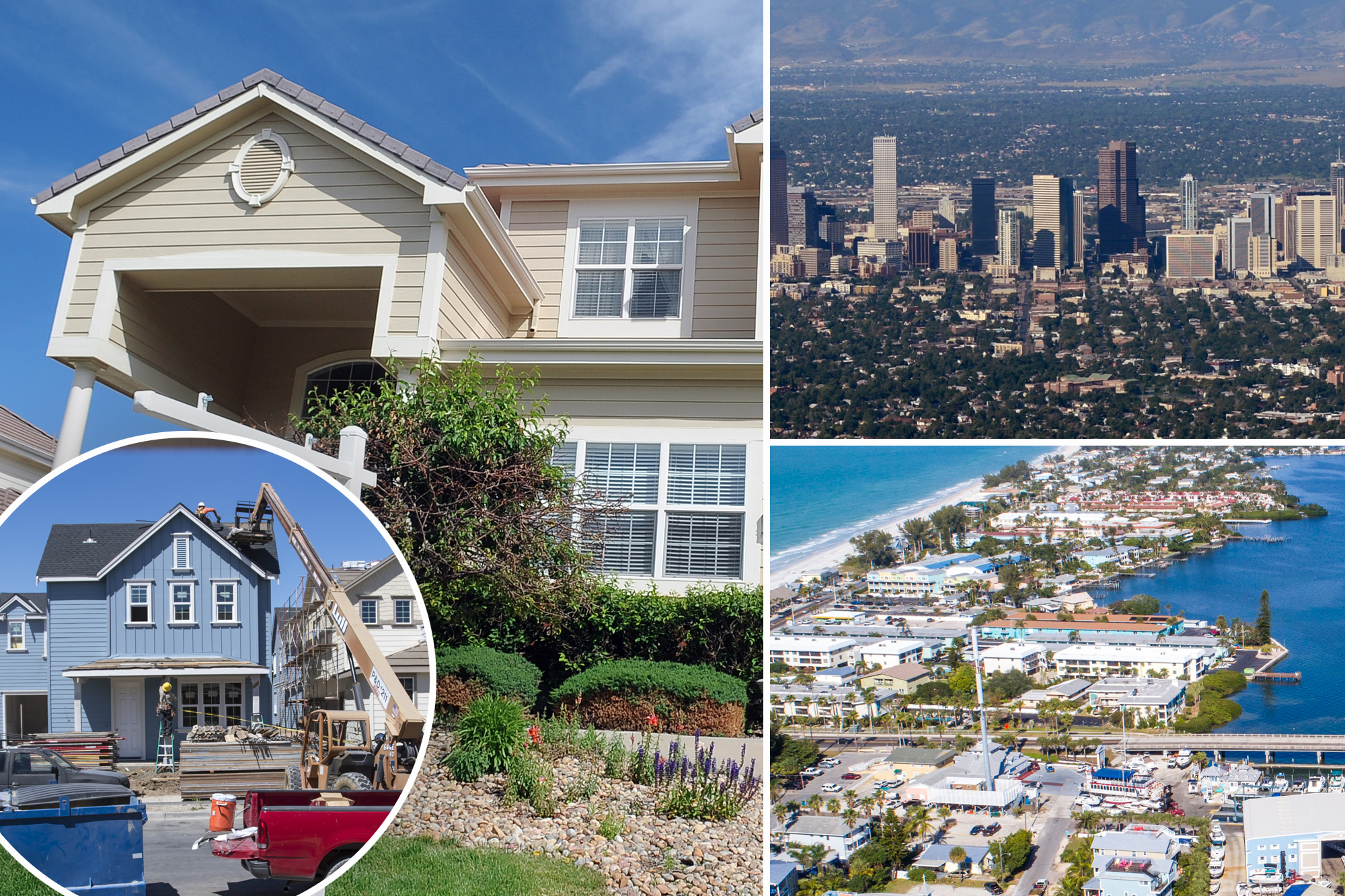W
est Ashley homes closed at a September median of $550,000, while Charleston’s single‑family market traded at $704,000—a 3.6 % decline from last year. The county’s average days on market climbed to 49, up 25 % YoY, signaling a move away from the pandemic‑era rush toward a steadier pace. Sellers are now pricing more realistically, says Carolina One CEO Michael Scarafile, noting that many previously over‑priced listings are taking longer to sell.
Other counties show mixed trends. Dorchester’s median rose 5.1 % to $399,088, Berkeley’s up 1.8 % to $412,285, and Colleton’s jumped 9 % to $315,000. In contrast, several hotspots saw steep drops: Kiawah Island’s median fell 54 % to $1.9 m, Folly Beach 41 % to $1.2 m, downtown Charleston 25 % to $1.7 m, James Island 2.8 % to $685 k, North Charleston 4.4 % to $345 k, Sullivan’s Island 0.6 % to $3 m, Edisto Island 14.5 % to $695 k, and Seabrook Island 23.7 % to $1.3 m.
Positive shifts appear elsewhere. Isle of Palms’ median rose 15 % to $2 m, lower Mount Pleasant’s climbed 7 % to $1.2 m, Johns Island’s jumped 26 % to $804 k, Summerville’s increased 4.5 % to $400 k, and West Ashley’s edged up 6.5 % to $555 k.
In downtown Charleston, St. Patrick’s Catholic Church—founded 1838 and the diocese’s mother church—received a $500,000 grant from the National Fund for Sacred Places to restore its iconic steeple. The fund, a partnership between the National Trust for Historic Preservation and Partners for Sacred Places, supports historic worship sites nationwide.
Sullivan’s Island’s ZIP 29842 tops South Carolina’s list of pricey postal codes, averaging $3.95 m and ranking 18th in the U.S. This year, ten ZIP codes surpassed $5 m, with Fisher Island (33109) leading at a $9.5 m median sale price. Property Shark’s decade‑long study, based on closed sales from January to September 2025, includes condos, co‑ops, and single‑ and two‑family homes in ZIP codes with at least five transactions.
